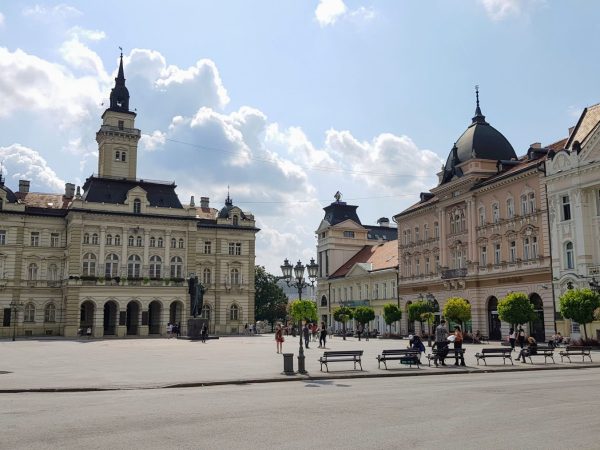Call Us: (800) 633-1008
Int. + 1 (813) 251-5355
Int. + 1 (813) 251-5355
Upon arrival, you will be transferred to the historic city of Curtea de Arges, strategically situated on the right bank of the Arges River, where it flows through a valley of the lower Carpathian Mountains. The city was the princely seat in the 14th Century, and the ruins of the Princely Court, which originally included a church and a palace, are still to be seen in the city’s Old Center.
Later today you will arrive in Sibiu. Known also as Hermannstadt, the city has been the center of Romania’s German minority since medieval times. Sibiu is one of Romania’s cultural and tourism centers, attracting tourists due to its wonderful medieval charm, excellent views of the surrounding landscapes, great food, and stunning parkland. You will enjoy an overview walking tour of the town. Visit the Lower City and explore the rather wide medieval streets and the small, tucked-away squares. In this part of town, you will also see Sibiu’s oldest church, dating back to 1386.
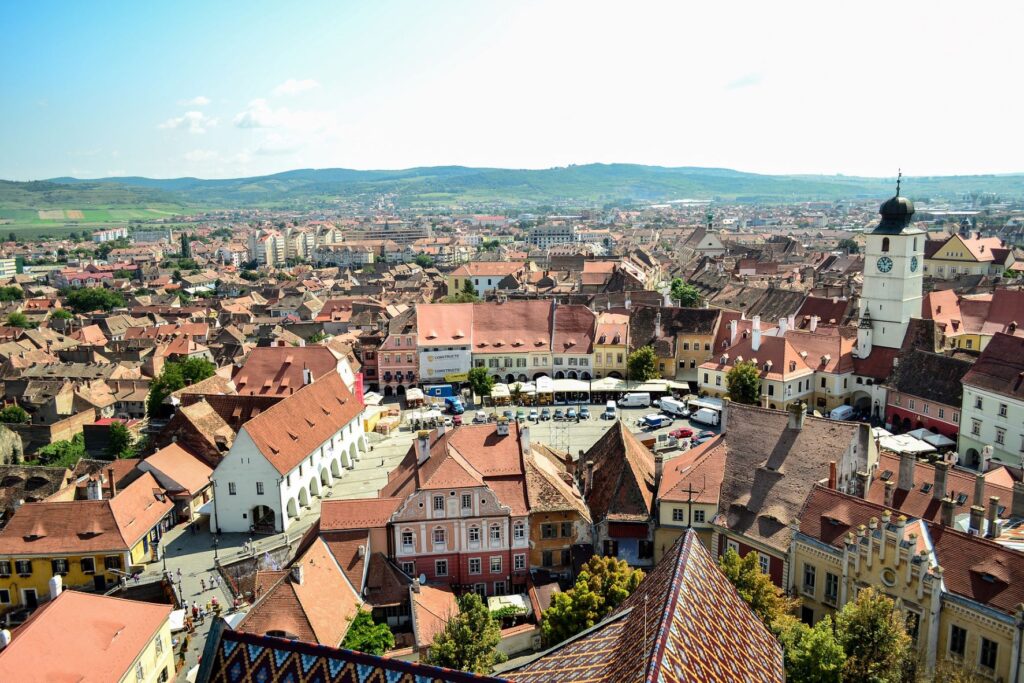
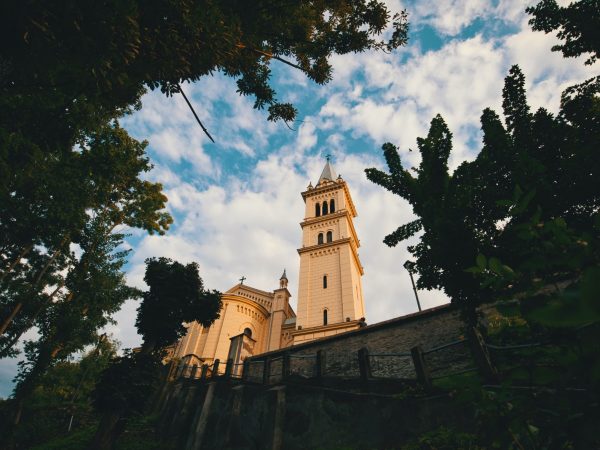
This morning you will continue your journey in Transylvania heading towards Sighişoara, the birthplace of the infamous Vlad Tepes and one of the most charming and historic towns in the whole of Transylvania.
You will enjoy a walk around the historic Old Town which is listed as a UNESCO World Heritage Monument. This ancient town is still very much a functioning hub of the Transylvanian region.
In the afternoon, you will continue your journey towards Braşov, one of the most historic towns in the Transylvanian region. Founded in the 13th century as a German merchant colony, the town soon became a major medieval trading center. The Saxons built ornate houses and churches, protected by a massive defensive wall that still remains.
Spend the day exploring the town of Braşov and the surrounding areas of Transylvania, including the Old Town Square where the Council House is located.
You will continue touring with a stroll to the medieval citadel. Strategically overlooking the town and the plains to North, the Citadel was erected in the middle of the 15th century as part of Braşov’s outer fortification system against Turkish, Mongol, and Tartar invaders.
You may visit the famous Bran Castle – commonly known as Dracula’s Castle. The building of the actual castle started in 1378 as a defense against the Turks and later became a customs post on the pass between Transylvania and Wallachia. The castle is famous because of the wide-spread myth that it was once the home of Vlad the Impaler, although there is no historical evidence that he ever lived there.
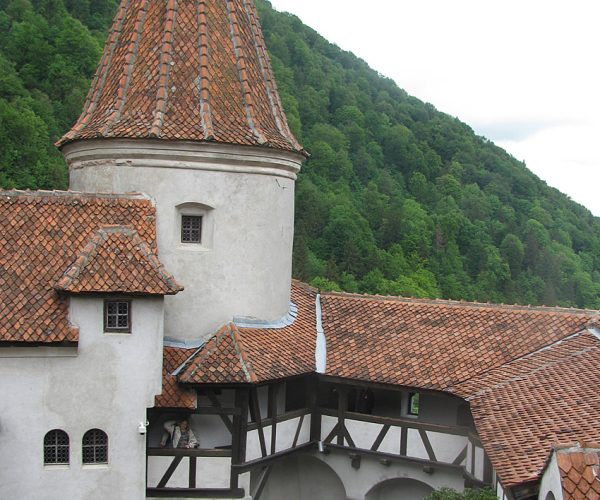
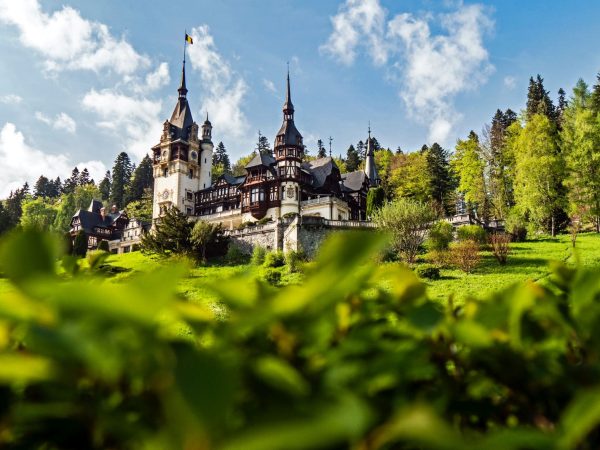
On your way to Bucharest, you can make a stop at the Peles Castle, located in an idyllic setting near Sinaia, and indeed a masterpiece of German new-Renaissance architecture. Its 160 rooms are adorned with the finest examples of European art, crystal chandeliers, German stained-glass windows, walls covered with Cordoba leather, Meissen and Sevres porcelains, and ebony and ivory sculptures.
Later, explore a bit of Bucharest. Romania’s capital city was first mentioned in the 15th century and later became the residence of the Wallachian prince Vlad III Tepes.
You may see the Romanian Atheneum – a circular, Ionic temple-style building, built in the late 19th Century as a culture house. You may also stroll down the Calea Victoriei (Victory Avenue), one of Bucharest’s most historic streets. Drive by the enormous Palace of Parliament, a memorial to Ceausescu’s ideals and visions of Communism.
Finish the day with a visit to Ceaucescu’s former private residence, Palacio Primaverii, built in the mid-60s in a luxurious classical style.
Why not extend your stay? Romania combines ideally with Balkan countries.
